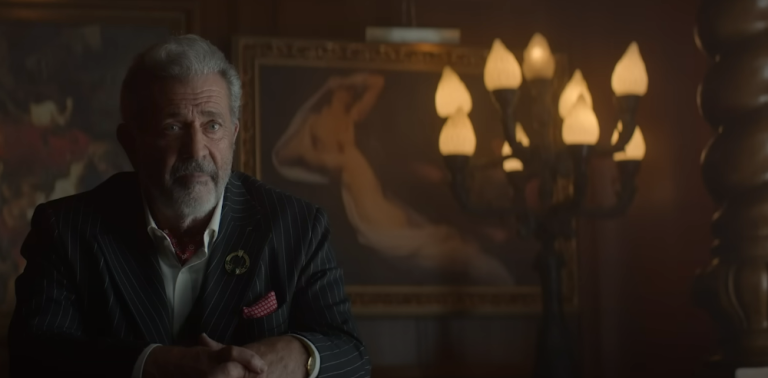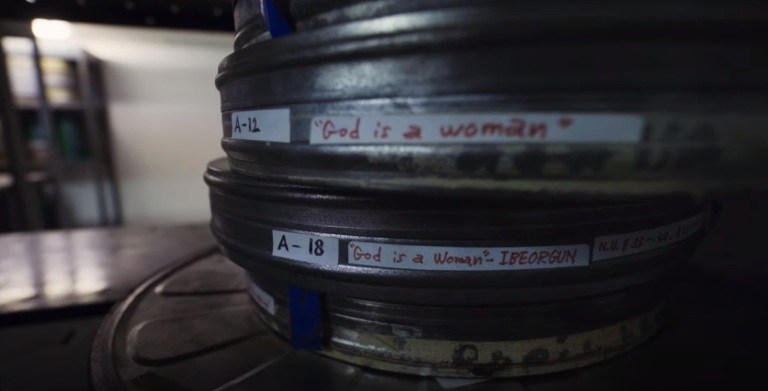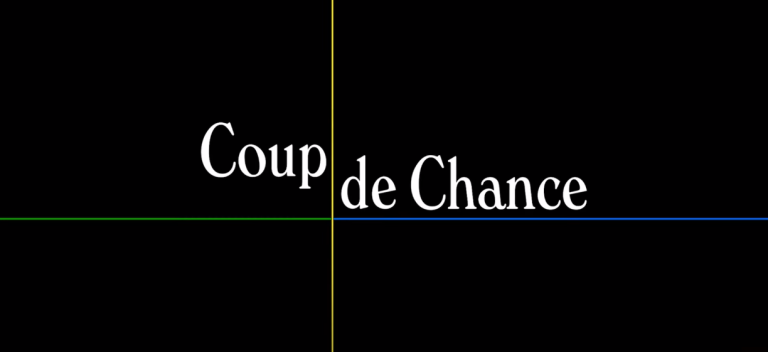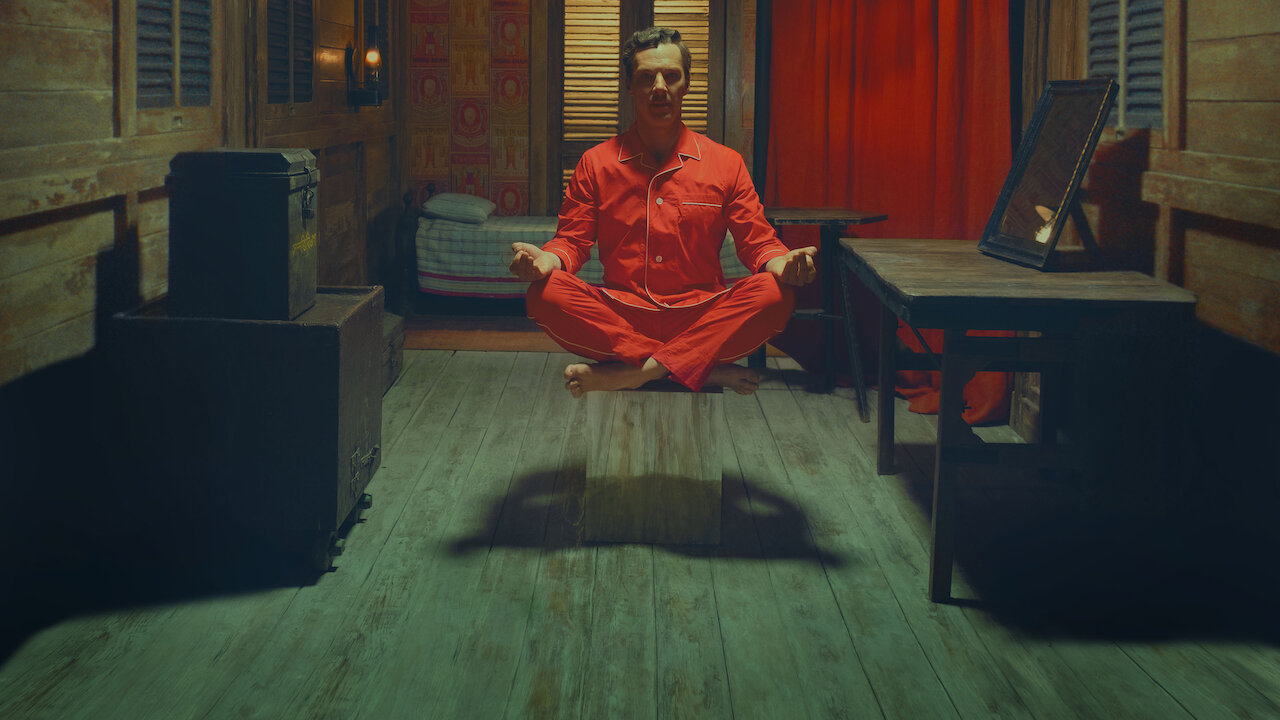
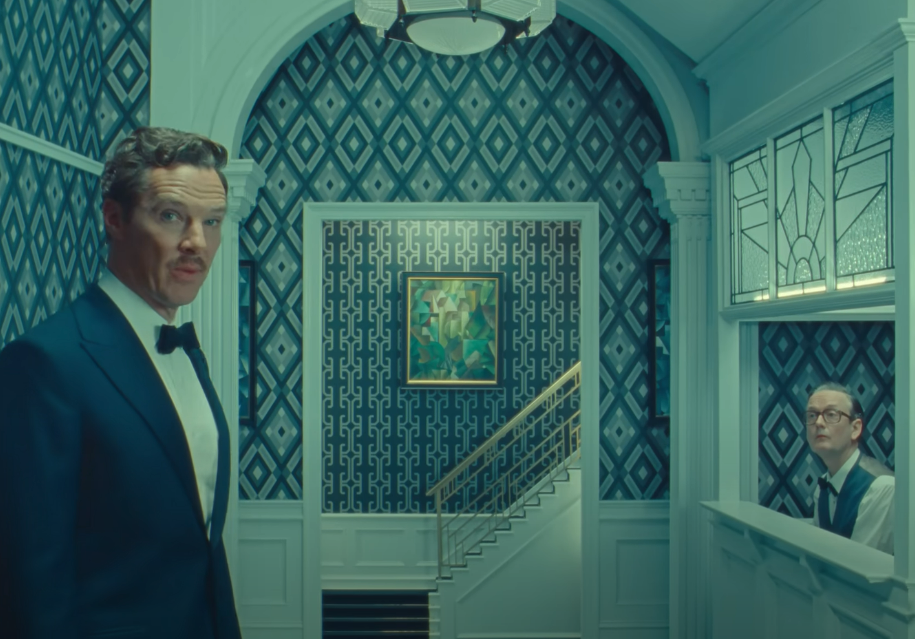
In 2023, the acclaimed director Wes Anderson embarked on a new cinematic venture, bringing to life Roald Dahl’s beloved tale “The Fantastic Mr. Fox” through the captivating medium of stop-motion animation. This marked Anderson’s debut collaboration with Netflix, where he meticulously crafted a 40-minute narrative that captivated audiences with its enchanting storytelling and visually stunning animation.
Embracing the nostalgic boxy Academy ratio while occasionally breaking free into wider frames, Anderson’s attention to detail in both form and content was evident throughout “The Wonderful Story of Henry Sugar.” The whimsical world he created, reminiscent of Dahl’s timeless storytelling, enchanted viewers with its charm, wit, and sense of wonder.
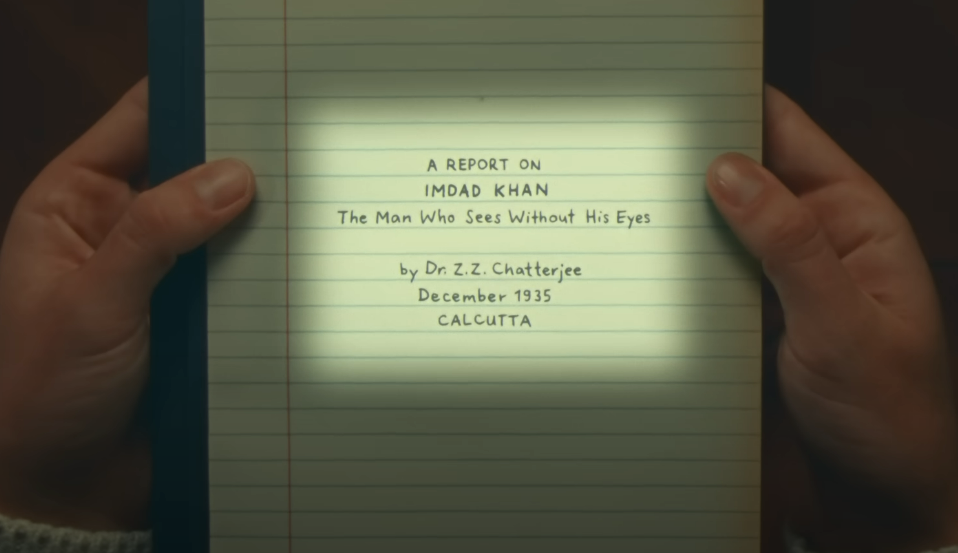
Through this adaptation, Anderson showcased his versatility as a filmmaker, seamlessly transitioning from live-action to stop-motion animation while maintaining his distinct aesthetic and narrative flair. “The Wonderful Story of Henry Sugar” exemplifies Anderson’s ability to enchant audiences with his unique cinematic vision, leaving a lasting impression on viewers of all ages.
Ralph Fiennes’s spellbinding performance in the film, embodying the persona of Roald Dahl himself, added depth to the narrative. The integration of live-action actors into the stop-motion animation format created a visually captivating experience, blending seamlessly with the meticulously crafted sets and animated backgrounds.
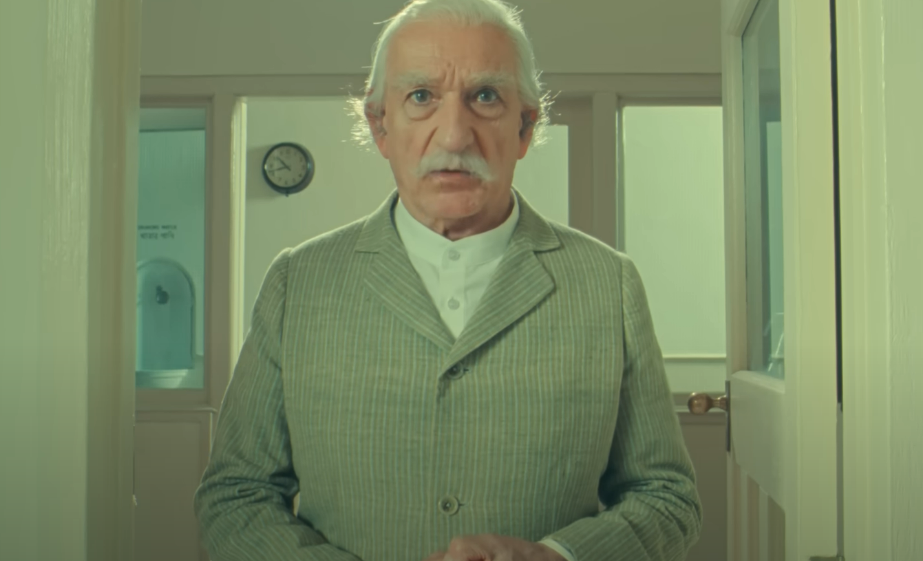
At the heart of the story lies Benedict Cumberbatch’s portrayal of a prosperous Englishman who discovers a doctor’s diary containing the tale of Imdad Khan, an enigmatic Indian figure with extraordinary abilities. As the narrative unfolds, viewers are transported from English manors to the vibrant streets of 1930s Calcutta, adding layers of depth and dimension to the story.
Despite its visual and narrative prowess, “The Wonderful Story of Henry Sugar” faced some criticism, particularly regarding pacing and adaptation choices. However, Fiennes’s captivating performance, coupled with Anderson’s unique directorial style, created a cinematic experience that was both enchanting and thought-provoking.
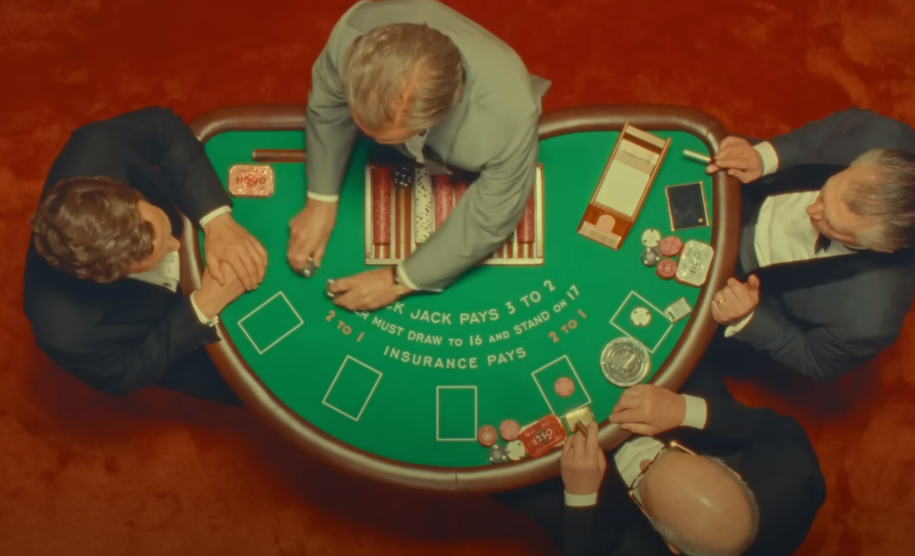
The narrative takes a captivating turn in the bustling streets of 1930s Calcutta, as Ben Kingsley’s portrayal of The Man Who Sees Without Using His Eyes introduces viewers to Imdad Khan’s remarkable abilities. Henry Sugar’s journey to master the art of seeing without using his eyes unfolds against the backdrop of glitzy casinos and moral dilemmas, drawing audiences into a captivating exploration of spiritual growth and redemption.
Anderson’s signature jewel-box style, combined with meticulous attention to detail and visually stunning imagery, elevates “The Wonderful Story of Henry Sugar” beyond mere entertainment, delving into deeper themes of self-discovery and introspection.
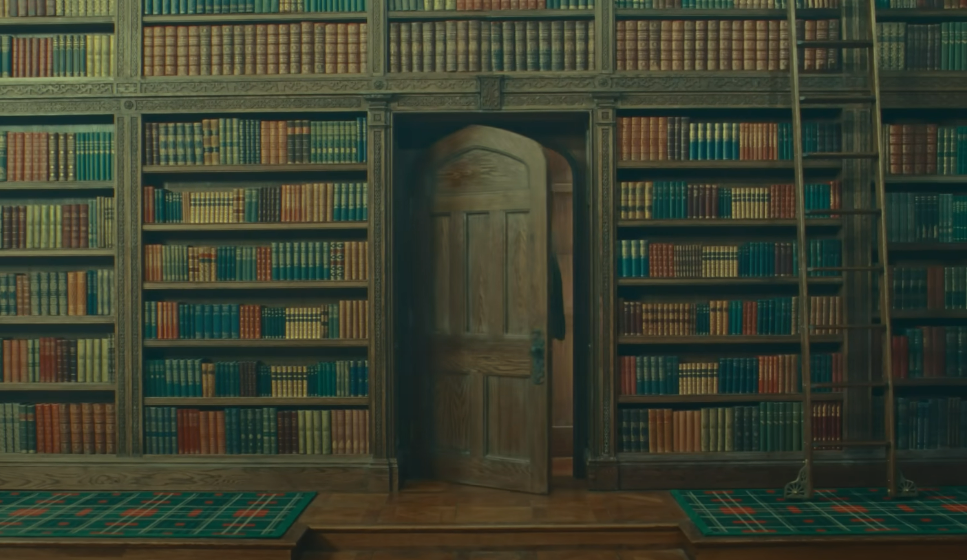
In conclusion, “The Henry Sugar Chronicles” stand as a testament to Anderson’s ability to infuse storytelling with depth and resonance, leaving a lasting impression on viewers with its enchanting narrative and captivating visuals.
| Aspect | Details |
|---|---|
| Title | The Wonderful Story of Henry Sugar |
| Director | Wes Anderson |
| Duration | 39 minutes |
| Collaboration | Netflix |
| Visual Style | Boxy Academy ratio with occasional wider frames |
| Main Actor | Ralph Fiennes as Roald Dahl / John Winston Ben Kingsley as Imdad Khan / The Dealer Dev Patel as Dr. Chatterjee / John Winston Benedict Cumberbatch as Henry Sugar / Max Engelman |
| Plot | Based on Roald Dahl’s “The Wonderful Story of Henry Sugar” |
| Setting | England, Calcutta (1930s) |
| Integration of Live-Action | Ralph Fiennes portrayed Roald Dahl, blending live-action actors with animated backgrounds |
| Themes | Spiritual growth, moral dilemmas, self-discovery, redemption |
| Reception | Critically acclaimed for visual style and thematic depth, some criticism for pacing and adaptation |

